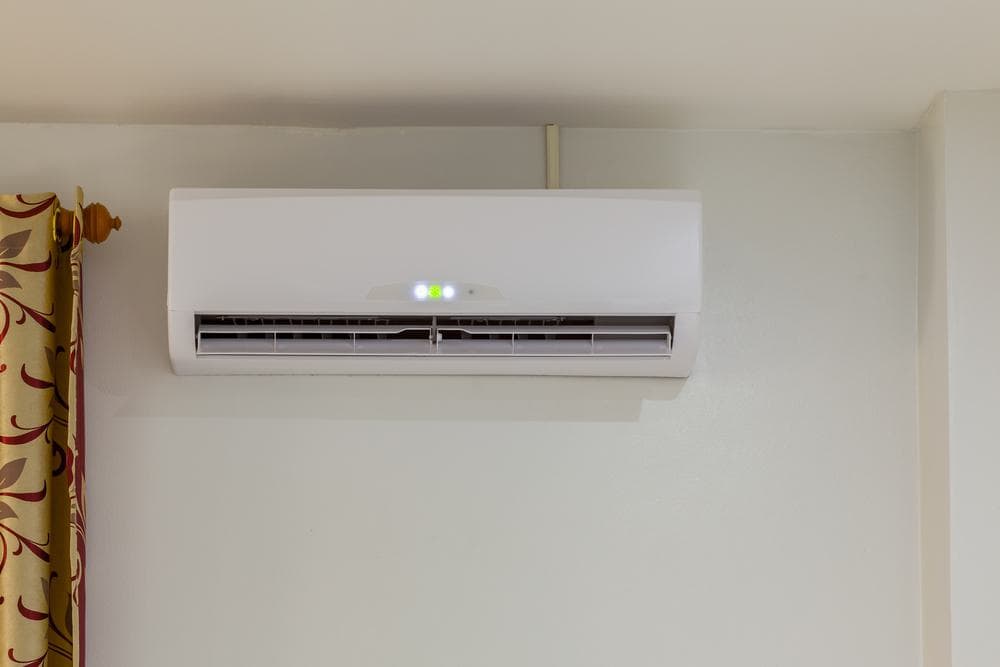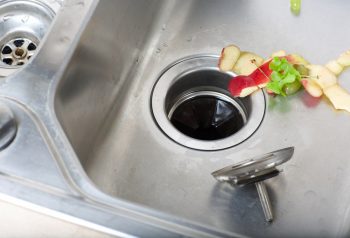
In the world of vehicle maintenance, understanding the intricacies of your air conditioning system can seem like a daunting task. However, with a little knowledge and the right tools, you can easily check the low side AC pressure, a critical factor in the overall performance and efficiency of your AC system. In this comprehensive guide, we will take you through the step-by-step process of how to check the low side AC pressure, the tools you need, and the common issues you might encounter.
To check the low side AC pressure, first locate the low-pressure port on your vehicle’s AC system and connect the blue hose of the AC manifold gauge set to it. Ensure the connection is secure. Next, start your vehicle and turn on the AC to its maximum setting. Observe the reading on the low-pressure gauge (blue gauge). The ideal low side pressure depends on the ambient temperature and the type of refrigerant used in your vehicle, but generally should be around 25-45 psi for R-134a refrigerant systems when the ambient temperature is between 75-85°F (24-29°C). Always consult your vehicle’s service manual for specific pressure range recommendations.
Understanding Low Side AC Pressure
Low side AC pressure refers to the pressure of the refrigerant at the exit point of the evaporator in an air conditioning system. This pressure is crucial because it indicates the performance and efficiency of the system. The low side pressure is measured after the evaporator, where the refrigerant absorbs heat from the cabin. This low-pressure gas is then sent to the compressor, and the cycle starts again.
If the low side pressure is too low, it could indicate a leak or a clog in the system. Conversely, if the low side pressure is too high, it could be a sign of a failed compressor or an overfilled system.
Tools Needed to Check Low Side AC Pressure
To check the low side AC pressure, you will need:
- Manifold gauges: These are designed to measure the pressure in automotive air conditioning systems. They typically have two gauges, one for the low-pressure side and one for the high-pressure side.
- Gloves and safety glasses: These are essential for personal protection while working with the AC system.
- A/C Pro® gauge or a similar gauge: This can be used to check the pressure at the low-pressure A/C service port.
Step-by-Step Guide to Check Low Side AC Pressure
Here is the step-by-step process to check low side AC pressure:
- Locate the low-pressure port on your vehicle’s AC system. It is usually found on the larger diameter pipe and has a plastic cap on it.
- Connect the blue hose of the AC manifold gauge set to the low-pressure port. Make sure the connection is secure.
- Start your vehicle and turn on the AC to its maximum setting.
- Observe the reading on the low-pressure gauge (blue gauge). The pressure reading should be in psi (pounds per square inch) or kPa (kilopascals).
The ideal low side pressure depends on the ambient temperature and the type of refrigerant used in your vehicle. Generally, the low side pressure should be around 25-45 psi for R-134a refrigerant systems when the ambient temperature is between 75-85°F (24-29°C). However, it’s essential to consult your vehicle’s service manual for the specific pressure range recommended for your vehicle’s AC system.
Common Issues When Checking Low Side AC Pressure
When checking the low side AC pressure, common issues that might arise include:
- AC low side high, high side low pressure: This could be due to an excessive amount of refrigerant going to the evaporator, a failed thermal bulb that is unable to pick up temperature signals, or a stuck TXV (thermal expansion valve).
- Faulty AC compressor: A malfunctioning compressor can cause weak airflow from the vents, unusual noises, elevated cabin temperatures, abnormal high-pressure readings, or engine performance issues.
- Overcharged AC system: An overcharged system can lead to insufficient cooling or rapid compressor cycling, similar to the symptoms of low refrigerant levels.
- Defective condenser fan: A faulty condenser fan can cause high low-side pressure and other AC performance issues.
Safety Precautions When Checking Low Side AC Pressure
Safety should always be a priority when working with your vehicle’s AC system. Here are some precautions you should take:
- Wear protective gear: Always wear gloves and safety glasses to protect your hands and eyes from any potential harm.
- Use the correct equipment: Make sure to use a proper testing device with pressure gauges specifically designed for low side and high side pressure measurements.
- Work only from the low side: As a safety precaution, only work from the low side when checking the pressure.
In conclusion, checking the low side AC pressure is a critical part of maintaining your vehicle’s air conditioning system. With the right tools and a little know-how, you can easily perform this task yourself. However, if you encounter any issues or if the pressure readings are outside the normal range, it’s best to consult a professional mechanic to avoid causing further damage to your AC system.
Frequently Asked Questions
What is the high side AC pressure?
The high side AC pressure is the pressure of the refrigerant entering the condenser. Unlike the low side pressure, which is measured after the refrigerant has absorbed heat from the cabin, the high side pressure is measured after the refrigerant has released its heat to the outside. A higher than normal high side pressure could indicate a blocked condenser, a malfunctioning fan, or an overcharged system.
What is the role of the AC compressor in an AC system?
The AC compressor plays a key role in your vehicle’s AC system. It compresses the refrigerant, turning it from a low-pressure gas to a high-pressure gas. This high-pressure gas is then sent to the condenser where it releases its heat to the outside. If the compressor fails, the entire AC system can suffer.
How often should I check the low side AC pressure?
It’s recommended to check the low side AC pressure at least once a year, preferably before the start of the summer season. Regular checks can help identify any issues early and keep your AC system running efficiently.
Can I use any type of refrigerant for my vehicle’s AC system?
No, you should only use the type of refrigerant specified in your vehicle’s service manual. Using the wrong type of refrigerant could damage your AC system and reduce its efficiency.
What should I do if the low side AC pressure is not within the normal range?
If the low side AC pressure is not within the normal range, it’s best to consult a professional mechanic. They can help identify the issue and recommend the appropriate repairs or adjustments. Attempting to fix the issue yourself without the necessary knowledge and skills can potentially cause further damage to your AC system.












